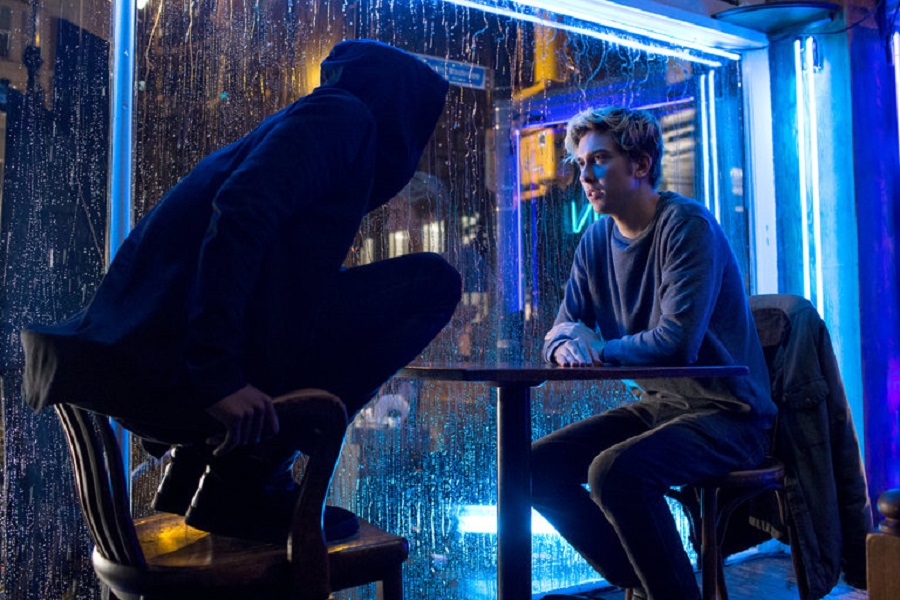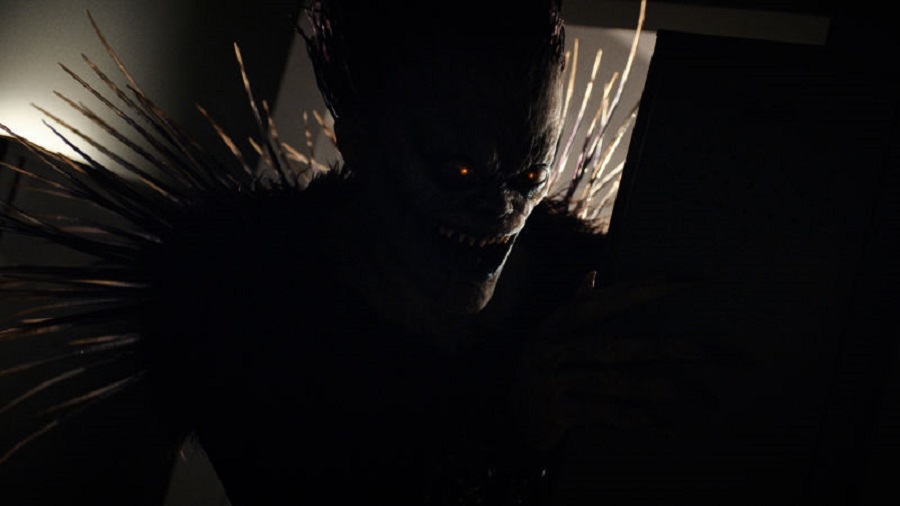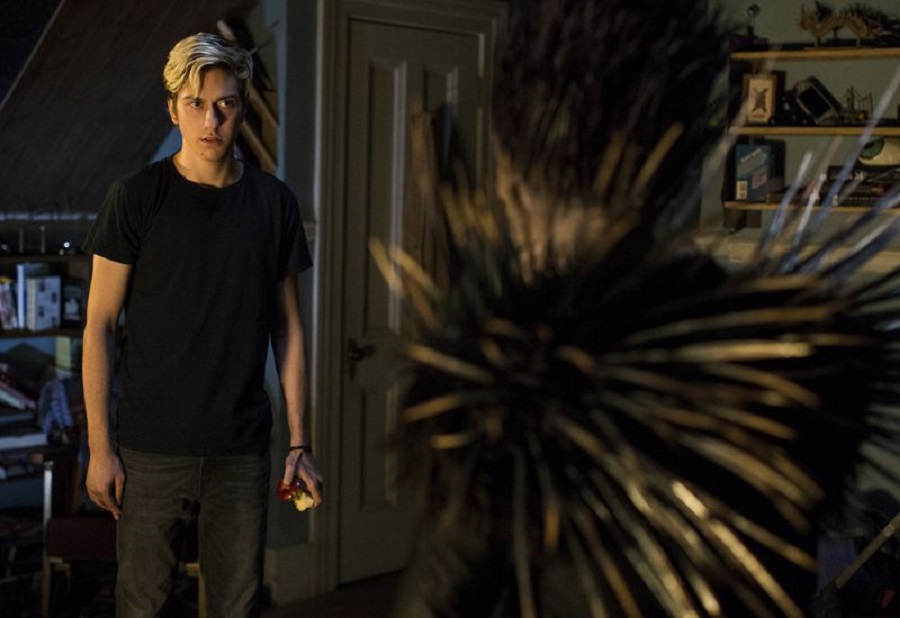Netflix’s Death Note debuted on Friday with hard criticism. Critics and fans questioned director Adam Wingard’s adaptation take on the manga turned anime popular series.
Adam Wingard and Netflix have already talked about upcoming sequels for the latest Netflix original production film.
Death Note
Following the success of ‘Okja‘ and ‘War Machine,’ Netflix debuted on Friday the adaptation of the manga series ‘Death Note‘ by Tsugumi Ohba and Takeshi Obata.
The movie and the script jumped from one study to other until finally, Netflix produced it. Set in Seattle, the film was directed by horror director Adam Wingard and penned by Jeremy Slater, Vlas and Charles Parlapanied.
The story follows Light Turner, played by Nat Wolff, a high schooler living in the background. He’s picked on at school, largely friendless and still hasn’t forgiven his cop father for failing to bring his mother’s killer to justice.
So when one day a mysterious notepad literally falls into his hands, emblazoned with the words “Death Note”, he’s eager for whatever change it might bring.
After flipping open the pages, he’s greeted by Ryuk, voiced by Willem Dafoe. A death demon who informs him of the power that’s new been bestowed upon him. If Light writes someone’s name in the book, they will die.
Initially starting off small, Light starts to expand the death toll. All with the help of overeager classmate Mia and soon to be girlfriend, played by Margaret Qualley.
The pair becomes avenging angels, targeting those who have harmed others and their global killing spree soon grabs the attention of eccentric detective L, played by ‘Get Out‘s breakout Lakeith Stanfield who is determined to uncover the method behind all of the madness.

Lost in translation
The film has met harsh critics. They compare it to a simply dead toll mission kinda film, in contrast to the 109 pages novel.
Reviews say the film feels rushed and constricted. It shows a series of bloody killings instead of really developing a story behind it. This moving at breakneck speed feeling makes it feel like a recap of the original story, rather than its own narrative.
However, Wingard’s eye for a stylish image hasn’t dimmed. Working with the cinematographer David Tattersall, he concocts sequences that tilt and drift, awash in neon and a soundtrack that evokes a woozy, winking romanticism.
Also, the film fails to develop the character’s story. In contrast to the manga, in which Light’s background story is central to the central story. Since Light lost his mother to a murder he’s got this avenger desire, just like many superheroes.
But since there’s little or nondevelopment of their stories Light and Mia simply become two teenagers that enjoy delivering their own justice in the world failing to show their most human side.
The movie also prioritizes mood over mayhem, which is weird for a horror movie.
Underneath it all, ‘Death Note’ potentially has something to say about the corrupting nature of power and unforeseen consequences but never gets its act together enough to register a coherent commentary.
Instead, the movie merely delivers a dim dose of ho-hum horror — one whose demise, by all rights, can be attributed to natural causes.

More ‘Death Note’ to come
On paper, ‘Death Note’ has all the makings of a movie franchise. After all, it was successfully adapted into a sprawling anime. Director Adam Wingard says two or three movies was the goal when he pitched it to Netflix.
“At the end of the day, there are a lot of places to explore where to take Light. And ultimately the series is sort of about almost his downfall as a character. This is sort of the beginning of it or the origin of it,” he said in an interview.
“There are definitely lots of places to go, and we know generally where we would take it. Hopefully, people will watch it and Netflix will order a sequel. They definitely are ready to. They just need people to watch it.”
Hollywood has a troubled history with live-action anime and manga adaptations.
Even those that have developed a cult following, like 2008’s ‘Speed Racer’, have been rejected by the moviegoing public at large. None have launched the franchises studios have hoped.
With Death Note, Wingard tried to be the exception to the rule and avoid some of the pitfalls that ensnared other adaptations.
“Things like Speed Racer, for instance, they are really trying to bring an anime to the screen.” says Wingard, who adds he’s a fan of the Speed Racer movie.
“What I wanted to do was adapt it in a way like you would a novel. As though you’d never seen anything from it. I didn’t want it to feel cartoony.”

Source: Los Angeles Times


